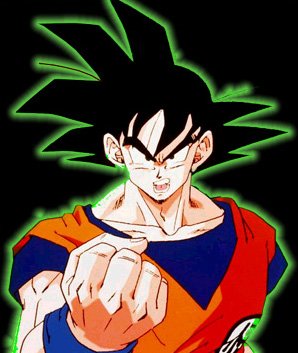jmucchiello
Hero
I can't answer that. I just see something in them that reminds me of what little anime I've watched. I also would not know how to tell you what specific element of a piece of artwork is a Dali or an Escher but I would recognize the style when I saw it. The reason I can't put my finger on it is because I don't study these things. I'm not versed in the lingo.I have three things:
1) Define what makes them "from an anime"
I don't know Monster from Sailor Moon (never watched either of these). But that particular cell lacked something and whatever that something was was the thing that signals the "this is anime" flag in my visual recognition circuits in my brain.2) The old man looking into the teacup is from Monster, both an anime and manga series :3
Never seen these cartoons. Teen Titans is Marv Wolfman and George Perez or it doesn't exist in my universe. Based on limited images found on the web I would classify them as anime. Based on the wikipedia articles it seems that's what they were going for. (And the TT stuff makes my eyes bleed.)3) Avatar and the new-ish Teen Titans (Show, not comic). Are these anime?
At one time, I read manga regularly. I've read Lone Wolf and Cub, Area 88, Akira, Mai the Psychic Girl and Lum. I was also into the manga influenced Ninja High School at the time. I haven't read any of them in over 10 years though. There is a stylistic quality that runs through them all and it carries over into anime. All the pictures in the jpeg have that stylistic quality. Obviously they come from many different stories by many different artist workshops. But "they are anime" all the same. Only the cell I pointed out seemed more western than Japanese.All you've said is "Yeah they're all anime." Does that mean they all look the same, or do your recognize that almost all of those pictures differs from the others?
No, all anime does not "look the same" but most share some qualities that I can't specify even if my brain notices it.





